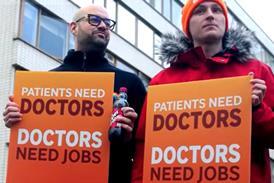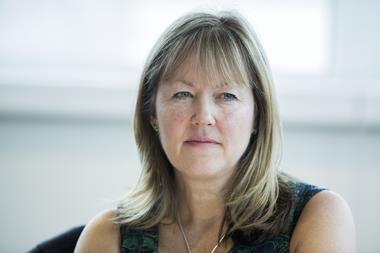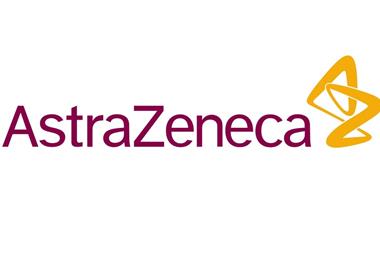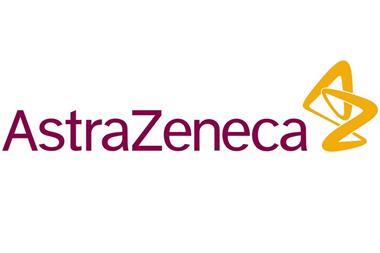Wound care is one important area of healthcare facing the challenge of rising demand and shrinking resources. In 2013, the Royal College of Nursing reported that the number of district nurses fell by 39 per cent between 2002 and 2012.

When you consider research suggesting approximately 60 per cent of a district nurse’s time is taken up by wound care – presented by Mary O’Keeffe at the 2006 European Wound Management Association conference – it is clear a programme of transformational change is required to improve outcomes for patients suffering every day with their wounds.
To address these challenges and ensure excellent clinical practice, we believe industry must partner with the NHS and invest in pioneering ways to enhance wound management practice and outcomes.
As a number of the roundtable panellists mentioned, there is a clear gap in knowing what the extent of the wound challenge is at a local level – many spoke of the need for a ‘wound registry’ detailing the exact local prevalence and associated costs. We would suggest industry are well placed to support trusts in these areas.
Real-world outcomes
For instance, Smith & Nephew’s digital practice development toolkit records the number, type and duration of wounds including wound assessment priorities and key practice behaviours that highlight key areas for training and improvement.
Panellists also debated how best to measure value in wound management, specifically when it comes to products. While unit price is a critical component of this, there must also be broader understandings of value – a more expensive dressing which requires less frequent changing, for instance, could in fact deliver cost savings in the long term.
Industry must provide clear evidence of value for money, drawing on real world outcome improvements. For instance, Smith & Nephew collaborated with Hull City Health Care Partnership on a project to enhance practice efficiency, with the results published in the Journal of Wound Care in July 2015.
The project delivered positive outcomes: 97.3 per cent of patients saw a reduction in dressing changes, there was a 50 per cent reduction in wound-related nurse visits, a 79.6 per cent reduction in dressings used per wound, and a £18.34 reduction in cost of dressings used per patient per week.
Industry should invest more in real world evidence which supports the use of quality products and services. Together we can create efficiencies, help manage stretched budgets and ensure the growing burden of wound care is proactively managed to help ensure that patients with all types of wounds receive effective care.
Paul Mussert is UKI advanced wound care marketing manager, Smith & Nephew.
Roundtable: Education holds the key to better wound care

Our latest roundtable brought together experts to explore how to redress the lack of attention and resources devoted to wound care in the NHS
- 1
 Currently
reading
Currently
reading
Why better wound care isn't down to just the NHS









































No comments yet